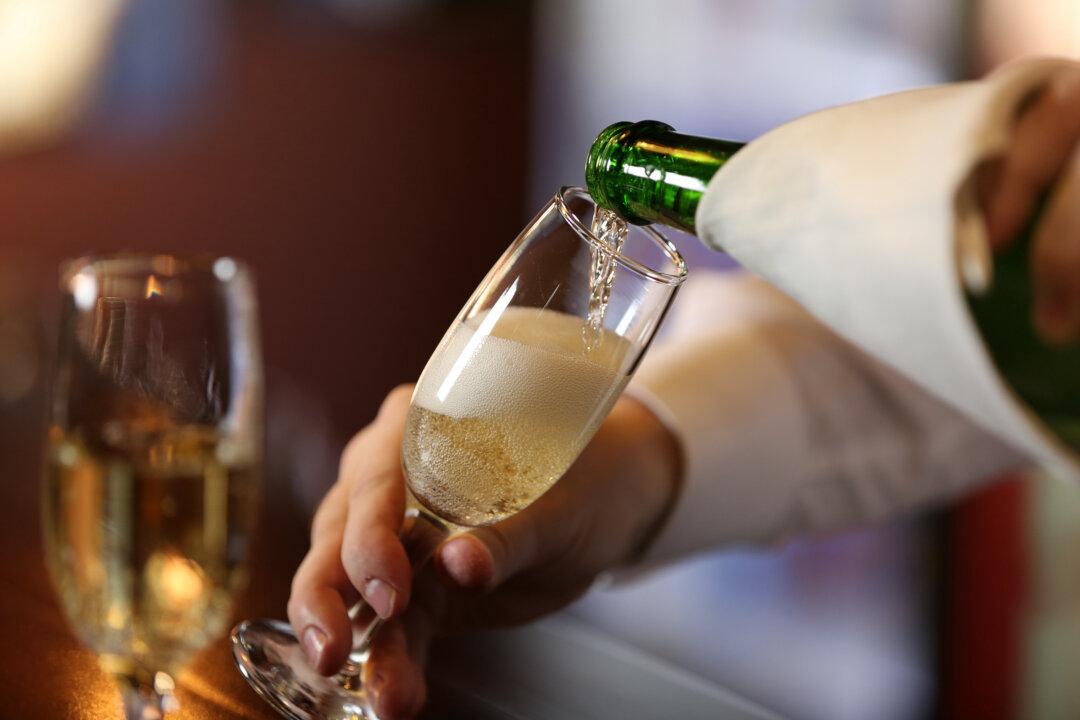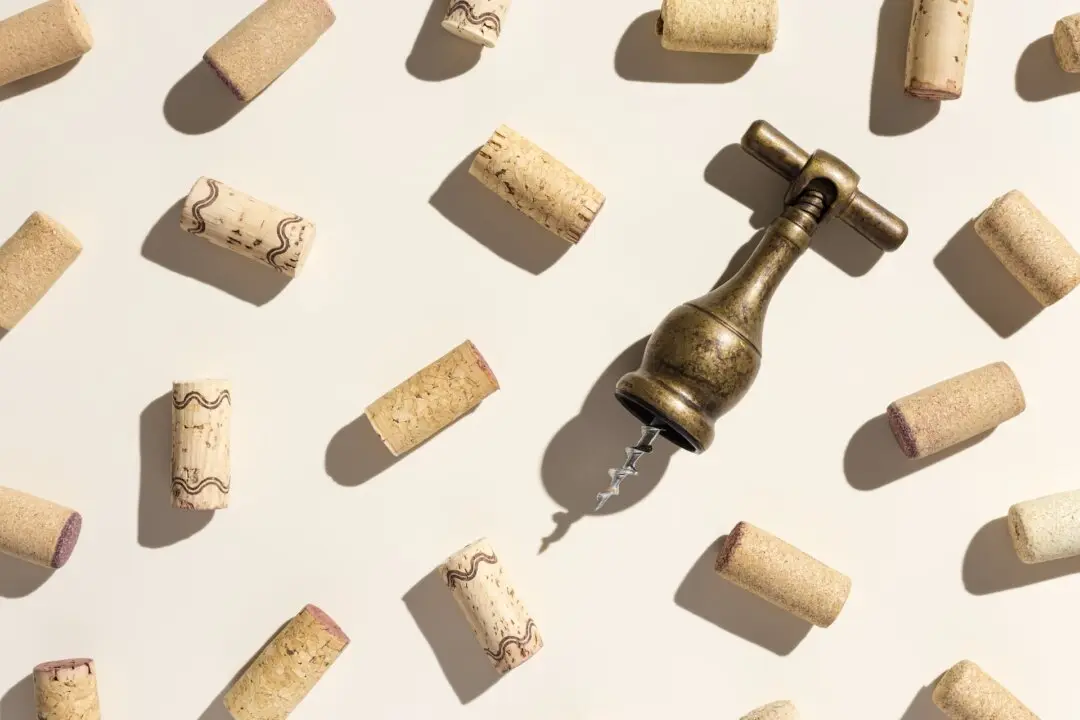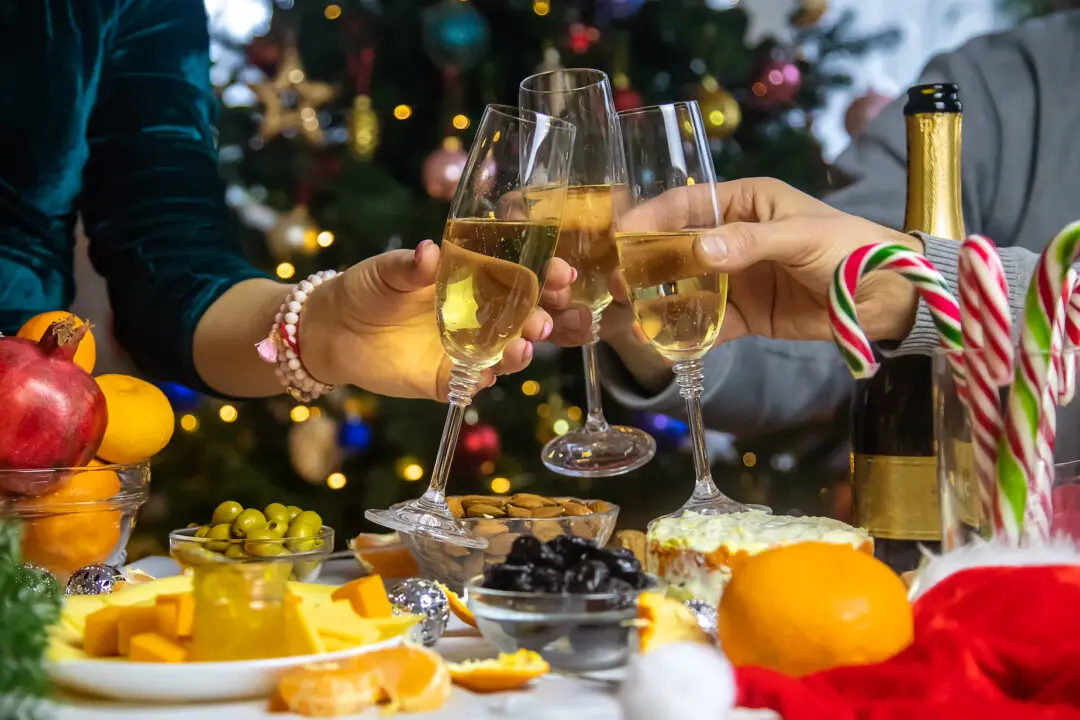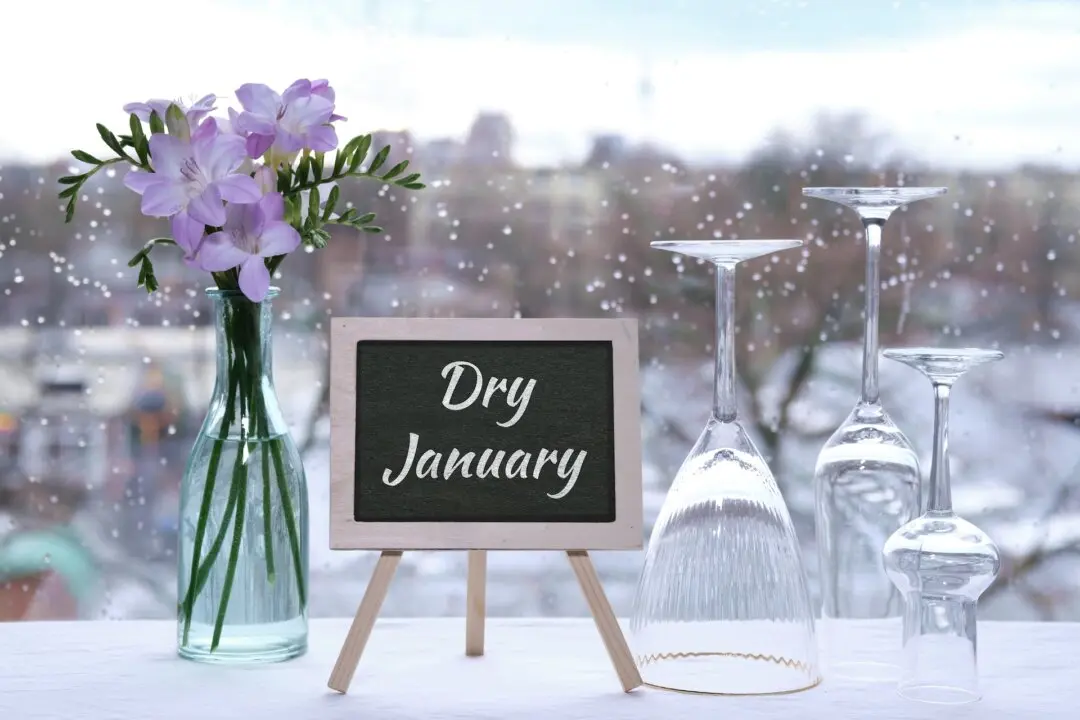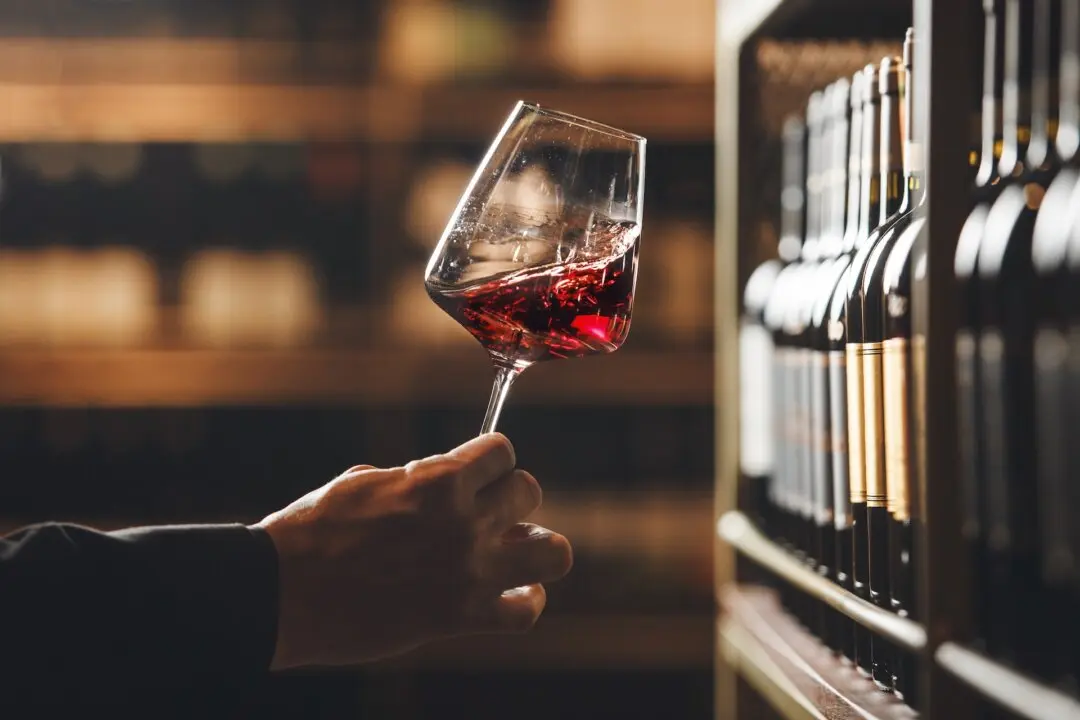It’s one of the world’s great wine paradoxes: A delicate, subtle, food-oriented wine calling for introspection most often is used to toast horse and auto race victories, weddings, New Year’s Eve, and World Series.
It’s Champagne, the wine of fireworks and celebration. But really, there’s little excitement in the best Champagnes, which come from that French district.

